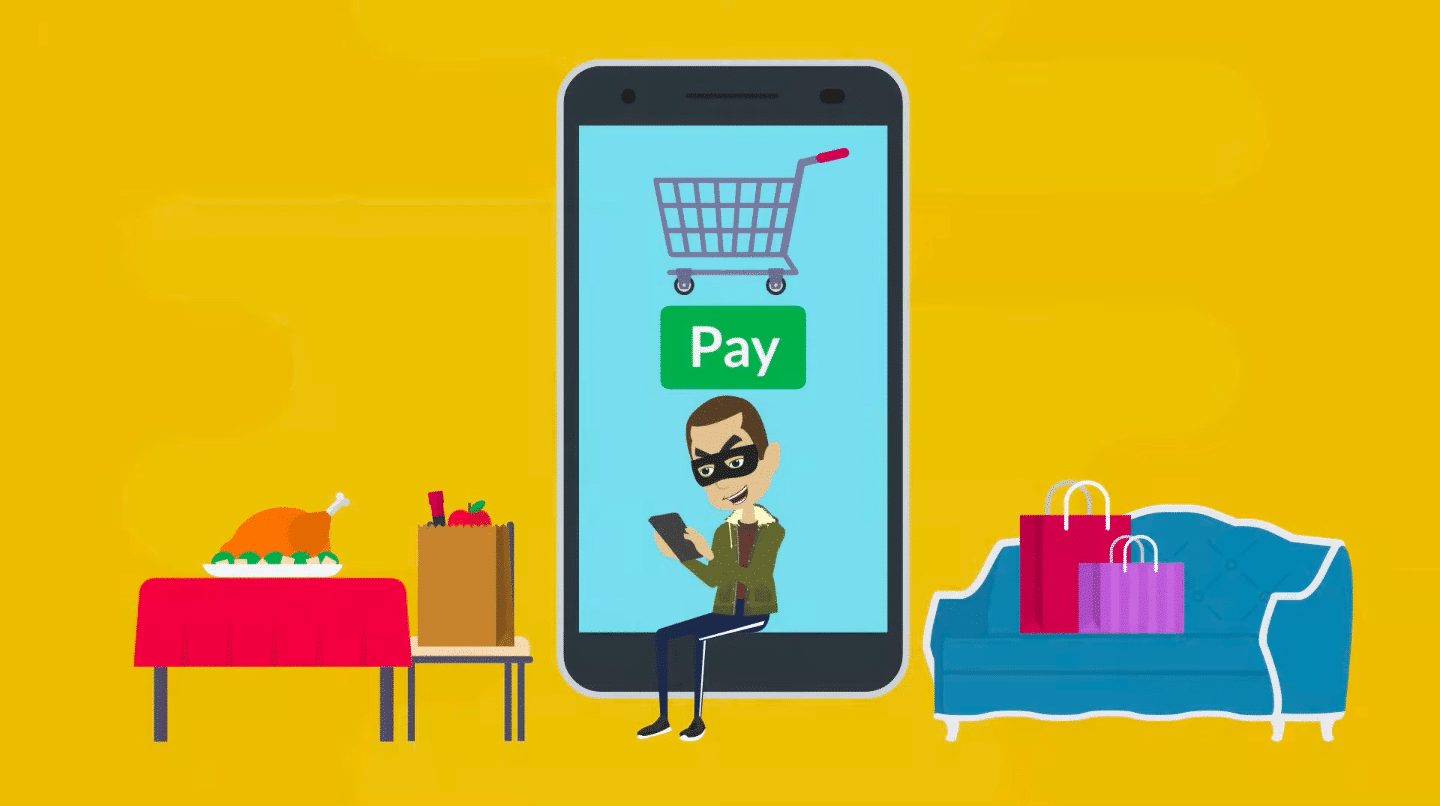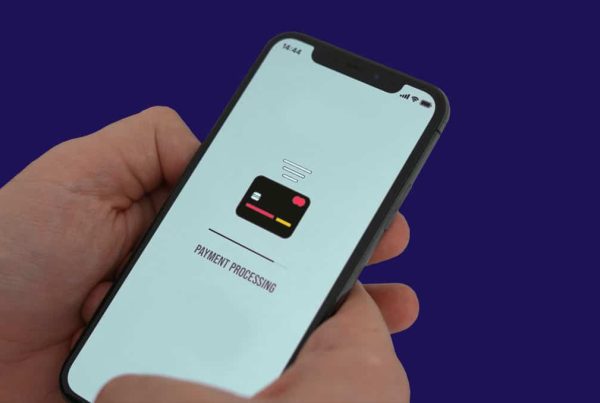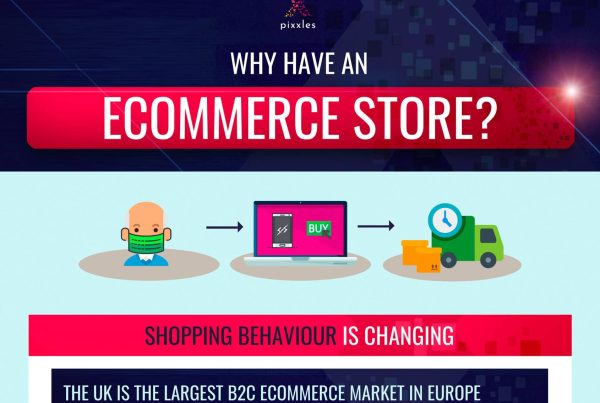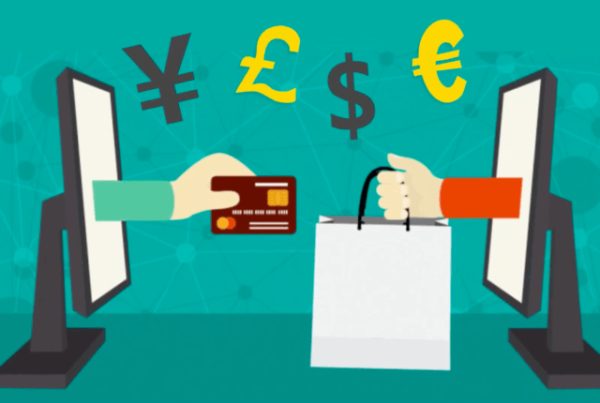COVID 19 has been responsible for a huge leap in the number of people buying goods and services online, otherwise known as ecommerce. Although that might sound like great news for online merchants, there is a downside. While consumers and their spending has moved online in large numbers, fraud has also followed.
Several months ago, we published a short explainer video on our YouTube channel to tell you about online fraud, how it works and how you can reduce its impact on your ecommerce site. With the effects of COVID-19, many businesses are facing challenging times so we thought we’d take a look at what has changed recently and remind you of the steps you should be taking now to protect your online business from fraud.
Fraudsters follow consumers online
Last month, Forbes reported that the massive growth in ecommerce that we saw in May 2020 would have taken between four and six years to achieve at the growth rate of the last few years. The report stated that total online spending in May hit $82.5 billion, up 77% year-over-year.
Here in the UK, new figures from the national reporting centre for fraud and cybercrime indicate that £16 million has been lost to ecommerce fraud during the COVID-19 lockdown period alone.
Types of ecommerce fraud
Here are the names of the most common types of fraud that online merchants can experience and how they happen:
- Compromised card fraud – a stolen card is used to make an online purchase in your shop
- Accounts frauds – information about the intended victim is gathered by a fraudster who then contacts the card issuer pretending to be the genuine cardholder and takes over the existing identity to make unauthorised payments
- Synthetic fraud – (also known as Frankenstein fraud is when stolen and real information are amalgamated to create a new identity enabling fraudsters to purchase goods
- Friendly fraud – although merchants are unlikely to be feeling warm and fuzzy about it, friendly fraud is caused by ‘Buyer’s Remorse’ when your customer claims they didn’t receive what was ordered. You will then have to issue a refund, re-deliver the item, or face a chargeback.
During lockdown, overall UK chargeback volumes increased by around 23% with some industries being hit harder than others, according to research. Online gaming sites saw an 18% increase in disputes since 1st March 2020 while digital content providers saw a 75% leap in transaction volume from March with a 31% increase in chargebacks.
How to spot the signs of e-fraud
Here are a few signs to watch out for in your orders that could suggest a transaction is fraudulent.
- Inconsistent order data – the postcode and address do not match or IP and email addresses differ. The most reliable transactions are those where the shipping address, billing address and IP address are all very close to each other. Transactions with long distances between these different addresses should be scrutinised more carefully. An Address Verification Service (AVS) compares the billing address supplied by the customer when they checkout to the address the issuing bank has on file. While it’s no guarantee an order is fraudulent, it is an indicator that you should check.
- Dangers in multiples – multiple orders from different cards especially if used one after another, multiple transactions with the same billing address but different shipping addresses, multiple transactions on the same card in a short period or multiple declined transactions on the same card.
- Large unexpected orders – unexpectedly large orders especially those that contain duplicates of products. A large order where the customer also pays for faster delivery can also be a red flag.
If a fraudster is successful, you can be sure they will be back again. Keep your deny lists up to date with their phone, email, IP address and billing address of any fraudster so they can’t do it again.
Fraud prevention tools
Hopefully you will have picked up a few useful tips for reducing ecommerce fraud on your site. Choosing a card processor that automatically checks transactions for fraud will be a big help. Find out how Pixxles and our fraud prevention tools can help you grow your business while keeping the impact of fraud to a minimum.
For our other ecommerce video guides watch here, or visit our resources page for more.








